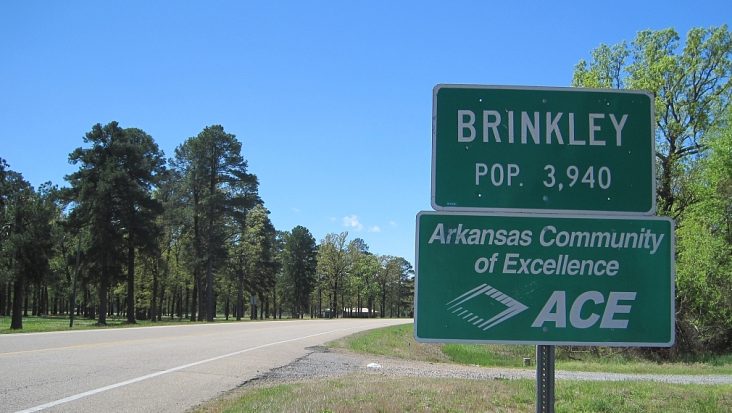Communities should define market audience, message, success
by May 23, 2025 5:21 am 624 views

Communities should take the same approach as businesses in creating a marketing strategy. They should define their value proposition, their audience, their message, what channels they will use, and how they will measure success.
That was the message offered Thursday (May 22) by Clark Cogbill, Arkansas Department of Commerce director of marketing and communications, and Whitney Burgess Scales, mhp.si vice president of marketing strategy, at the 2025 Arkansas Rural Development Conference.
The conference occurred May 20-22 in Little Rock and was sponsored by the Arkansas Economic Development Commission, Division of Rural Services and the Arkansas Rural Development Commission.
Cogbill said businesses’ marketing plans focus on what service they offer, what customer problem they solve, and how their offering is different than their competition. The same concepts apply to communities.
Scales said communities have two audiences. One is their base of local residents and businesses who are looking for information. She used as examples Brinkley’s use of social media to tout a block party, Texarkana providing updates about parks and recreation activities, and Lonoke resharing a post from the Grumpy Rabbit restaurant.
Second is the opportunity audience, which includes potential businesses, residents and travelers. Cogbill said Jonesboro is doing a good job of attracting talent. Its Always Jonesboro site uses local advocates to talk about what’s happening in the community.
Once communities have identified their audiences, they should define their message. Scales said content should fit into one of six categories: attracting visitors; supporting local businesses; communicating with residents; promoting job opportunities; building community identity and pride; and driving economic growth.
The two described the various online and social media channels through which people can be reached. A website and/or a Facebook business page forms a hub into which content from other platforms feeds. Cogbill stressed the importance of the site being responsive and the visit being a good experience. He said about half the visitors to AEDC’s website interact by computer and half by phone, so communities should consider the phone experience. He said the Arkadelphia Alliance does a good job with its intuitive and easy-to-navigate web page.
“Think about [it] from your residents’ perspective, from your visitors’ perspective, what’s in it for them, what are they interested in,” he said. “I’ll tell you what people aren’t really interested in is your org chart.”
Websites must provide contact information and clear directions, Scales said.
“The thing about website strategy is people can only do what you tell them to do,” she said. “They’re not going to click around for it. … The professional word is use ‘big, dumb buttons’ and tell them to ‘Click here.’ ‘Learn more.’ Tell them the action that they can take.”
The two described various social media offerings, including Facebook, Instagram, LinkedIn, YouTube, Twitter and TikTok. Communities must update frequently. Before they start creating content, they should have a plan for how they will keep feeding the sites.
“The last thing you want to do is establish yourself on social media and just not post very often,” Scales said. “You want to really be committed to it.”
Given their limited time, communities should focus on a particular platform that caters to the audience they are trying to reach. Facebook skews older while Instagram and TikTok skew younger. AEDC’s top priority is LinkedIn, but it’s also on Facebook. It saw a huge spike in visitors one day when there was a jobs announcement in Ash Flat and the local economic developer made a Facebook post with a link to AEDC’s site.
Cogbill described the concept of “atomization.” When a community creates content, it needs to get the most out of it because its time and budget are limited. The same content can be posted on multiple platforms.
Scales said communities must define success. Google Analytics will show exactly where users are going on the site, what they care about, and whether they are accessing the site by phone or computer.
But success goes beyond the analytics. It’s based on having more people at events, more community engagement, new residents moving into town, and new business development, she said.
